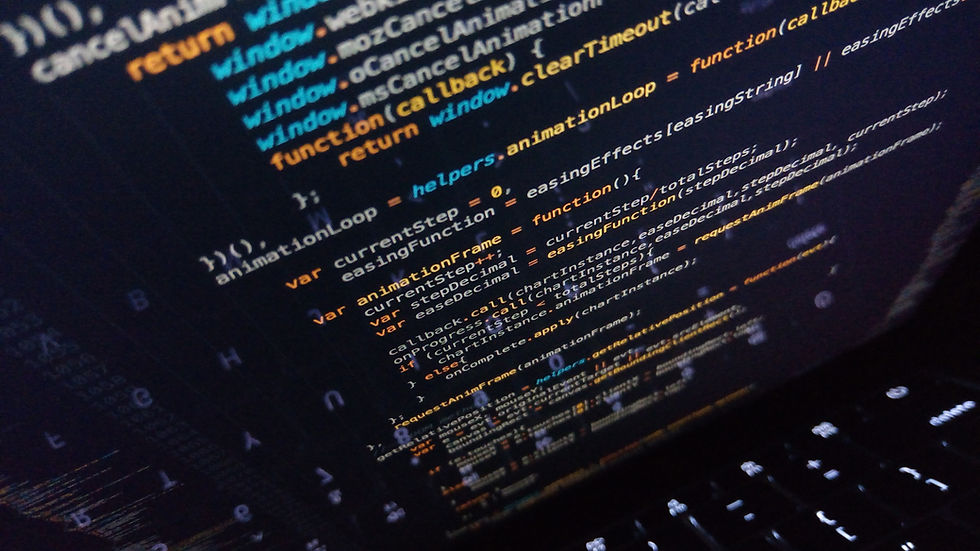Metadata in Publishing: How Far to Go?
- John Bond

- Jul 17, 2019
- 1 min read
Metadata, I fear, is like talking about health insurance premiums or cable bills. People understand it is important to be informed but glaze over as the conversation deepens.
Metadata is data about data. In book and journal publishing, most organizations feel they have mastered it and allow it to motor along with little attention from leadership.
Publishers will nearly always include the basics to list and sell a book or journal, such as ISBN/ISSN, title and sub-title, author(s), DOI’s, etc.

But diving in and providing maximal metadata is really the key. Data such as author biographies, sample chapters, cover images, interior image counts, multiple BISAC codes, maximum word count descriptions, and many others can help increase sales and search rankings.
Additionally, how and where is your data housed is important. Is it kept in a home-grown spreadsheet emailed out to partners or in an optimal XML format and uploaded into major partners’ systems? Provide your data in industry-accepted formats.
Spend a little time and nurture your metadata ecosphere. Make sure this relatively simple task (once set up) is working night and day for you and your authors. When the end of the year sales figures are totaled, you will be glad you did.






Want to better understand your photos by examining their hidden data? An online EXIF reader can help you do just that. Every digital photo usually carries this information, detailing the camera's settings at the moment of capture. This includes crucial elements like focal length, exposure compensation, white balance, and metering mode. Accessing this data can be incredibly educational, helping you learn how different settings affect the final image and enabling you to replicate successful results or troubleshoot issues in your photography.
Before uploading photos to social media or websites, it's a good idea to remove Exif data from photos in seconds to protect your privacy. This hidden information can reveal when and where a photo was taken, and with what equipment. Online metadata removers offer a simple solution: you upload your image, the tool strips the EXIF data, and you download the cleaned version. This is especially important if you're sharing photos of your home, children, or any situation where location privacy is a concern. It’s a simple step for better online safety.
If you need to Extract camera model, exposure time, aperture, ISO, GPS location and other crucial details from an image, an online EXIF data viewer is the perfect solution. This metadata is embedded in most digital photos and can provide a wealth of information. Whether you're a photographer wanting to recall the exact settings for a specific shot, a blogger needing to verify image sources, or just curious about the technical aspects of a picture, these tools make accessing that hidden data quick and easy. Just upload and explore.
Ever looked at a stunning photo and wondered what camera settings were used to capture it? You can often find this information embedded in the image file itself as EXIF data. Using an Online exif reader Tool allows you to upload a photo and instantly see details like the camera model, lens, aperture, shutter speed, ISO, and sometimes even GPS location if it was enabled. It’s a fantastic resource for photographers wanting to learn from others or analyze their own images to understand their settings better. Super insightful!
If you're sharing photos online and are concerned about privacy, it’s wise to remove potentially sensitive EXIF data like GPS coordinates or camera details. An online MetadataRemover can help you quickly strip this information from your images in seconds to protect your identity.